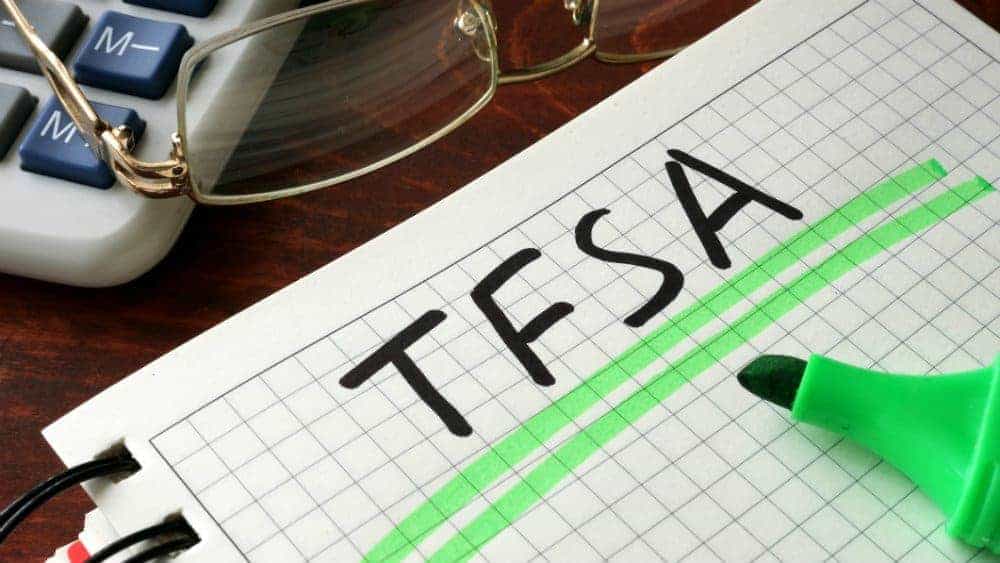Tax-Free Savings Accounts (TFSAs) are one of the best tools available to Canadians savings for retirement. Although this popular account has a simple enough concept, here are three pitfalls investors need to watch out for.
Watch out for those capital gains
This biggest selling point of a TFSA is that all gains (and losses), dividends and interest payments are tax sheltered. However, bear in mind that if you are going to contribute shares of stock into a TFSA, you will be on the hook for a capital gains tax bill, if the security has increased in value from the time you purchased it to the time of contribution.
That is because in the eyes of the CRA, the contribution of securities is deemed a disposition, meaning that it’s equivalent to selling the security and buying it back in the tax-sheltered account at the prevailing market value.
How about capital losses? Unfortunately, the CRA wins twice in this case: If your security is facing is a capital loss, you don’t get to write it off upon contribution.
In other words, keep an eye out on whether your stocks have had dramatic changes in value. For example, if you’re looking at an unrealized loss, it might be better to sell the security outside the TFSA to capture the tax loss before contributing the cash.
Don’t bother keeping high-yield U.S. securities inside a TFSA
Many Canadians rightfully believe that dividends and interest are tax sheltered inside a TFSA. And this is true for the most part, that is, when it comes to Canadian stocks. However, for those holding U.S. dividend-paying stocks, be it actual shares or through an ETF, be prepared to receive a smaller payout than what you anticipated.
That is because the IRS, does not officially recognize TFSAs as part of the Canada-U.S. tax treaty, and so any dividends paid out by a U.S. stock, are considered U.S. income, and Canadians who hold them in a TFSA are liable for a 15% withholding tax.
One way to avoid this is to pop your high yielding U.S. stocks into a RRSP, where it is recognized by the IRS, and will remain tax sheltered.
The “savings” part is just a misnomer
People tend to get confused by the savings portion of Tax-Free Savings Account, equating this powerful wealth planning tool to the likes of a simple bank account.
Falling for this mistake means that your TFSA will become vastly underused, especially if it holds GICs, or heaven forbid, cash.
What a TFSA should be used for depends on your tax bracket, but it would be doing the account a great disservice if tax sheltered dividends, interest or capitals gains were not being held inside of it.
One example of a high yielding Canadian listed stock with the potential for capital gains that would be right at home inside a TFSA would be Enbridge Inc.
Currently paying a massive — and safe dividend — Enbridge’s size, clean balance sheet and business model that’s insulated from economic downturns, makes this a staple of any TFSA or dividend portfolio.









